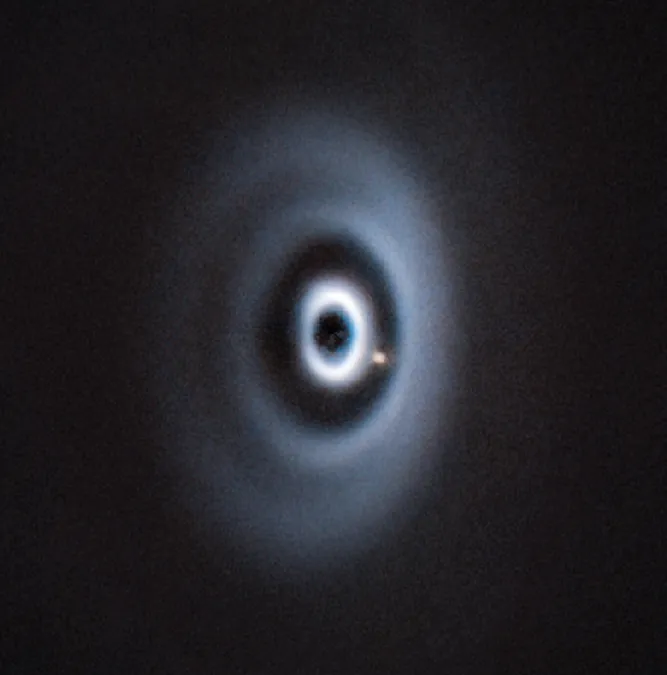
Discovering a Newborn Gas Giant That’s Shaping Its Own Space!
2025-09-18
Author: Charlotte
Meet WISPIT 2: A New Solar Star 5 Million Years in the Making
At just 5 million years old, WISPIT 2 is a fledgling solar-like star located a mere 433 light-years away from Earth. Recent stunning images captured by the SPHERE spectro-polarimeter reveal a fascinating 380 astronomical unit (au) wide disk surrounding this cosmic wonder, complete with four distinct rings and an intriguing planet residing within the widest gap at approximately 55 au.
The Mystery of WISPIT 2 b: A Newborn Gas Giant!
Known as WISPIT 2 b, this gas giant has an estimated mass of about 4.9 times that of Jupiter. Researchers suggest that this celestial body likely formed right where it is found through a process known as core accretion. What’s particularly fascinating is the disk's undisturbed appearance, which hints that rapid migration—a common phenomenon in planetary formation—has not played a role here.
Accretion Activity: A Look into WISPIT 2 b's Growth
Adding to the excitement, an analysis by Close and colleagues, utilizing Hα measurements from the MagAO-X instrument, has discovered that WISPIT 2 b is actively accumulating material from a circumplanetary disk at a rate comparable to other newly discovered protoplanets. This discovery sheds light on the planet's growth dynamics!
Patterns Among Planets: Coincidence or Significant Trend?
Interestingly, the inclinations of all identified planets within this area cluster around 45 degrees. While some may wonder if this pattern holds significant implications, the limited sample size leaves researchers pondering whether this is a meaningful trend or just a mere coincidence.
The WISPIT Survey: Paving the Way for Future Discoveries
The ambitious WISPIT (WIde Separation Planets In Time) survey aims to identify protoplanets around 178 young, sun-like stars, each with a median age of 8.5 million years. In addition to the exciting findings surrounding WISPIT 2 b, this groundbreaking program has already imaged two gas giants orbiting the binary star system WISPIT 1, providing groundbreaking insights into the theories of planetary formation. Stay tuned as we uncover more mysteries of the cosmos!









 Brasil (PT)
Brasil (PT)
 Canada (EN)
Canada (EN)
 Chile (ES)
Chile (ES)
 Česko (CS)
Česko (CS)
 대한민국 (KO)
대한민국 (KO)
 España (ES)
España (ES)
 France (FR)
France (FR)
 Hong Kong (EN)
Hong Kong (EN)
 Italia (IT)
Italia (IT)
 日本 (JA)
日本 (JA)
 Magyarország (HU)
Magyarország (HU)
 Norge (NO)
Norge (NO)
 Polska (PL)
Polska (PL)
 Schweiz (DE)
Schweiz (DE)
 Singapore (EN)
Singapore (EN)
 Sverige (SV)
Sverige (SV)
 Suomi (FI)
Suomi (FI)
 Türkiye (TR)
Türkiye (TR)
 الإمارات العربية المتحدة (AR)
الإمارات العربية المتحدة (AR)